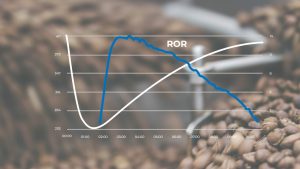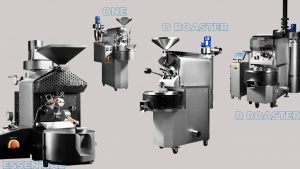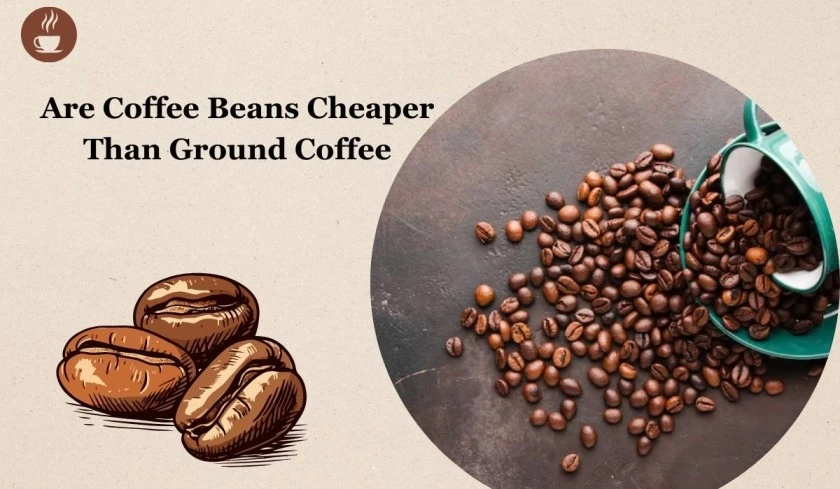
In our previous blog, we discussed the importance of the coffee roasting curve, particularly the Stone Temperature (BT) graph. This BT graph is often present together with the Rate of Rise (RoR) curve, and used by coffee roasters to pinpoint what exactly is going on during the roast. In the coffee industry, these two graphs are possibly the most referred to during a roast compared to any other types of roast data. This time, we will find out increasingly well-nigh Rate of Rise (RoR) and how to use RoR to tenancy the roast, stave defects, and unzip the weightier savor profile for a particular untried coffee stone variety.
What is Rate of Rise (RoR) and How It Is Measured
In a nutshell, Rate of Rise (RoR) can be specified as the speed at which the temperature of the coffee beans is increasing at any given point in time during a roast. In a typical roast, RoR is usually measured in a 1 minute time period. For example, a roast with an RoR of 4 ways that the stone temperature increases by 4 degrees every 1 minute.
To measure RoR, a temperature probe is installed inside the coffee roaster machine to take heat readings. This periodic data is placid throughout the roast and represented in a graph. The RoR lines has a very variegated shape on the graph compared to the BT curve. During a roast, the RoR lines has the tendency to rise surpassing starting to stabilize just surpassing the first crack, and then falling, in some cases, rapidly.
How Rate of Rise (RoR) Can Help Coffee Roasters Unzip The Desired Roast Profile
Professional coffee roasters use the RoR graph to learn what is going on inside the roasting machine and tweak the parameters therefrom to unzip the desired roast profile consistently. Coffee roasters focus on observing three main points of the roast: Max RoR, RoR at first crack, and RoR when the roast ends.
How upper or low should Rate of Rise (RoR) be? In a nutshell, a higher RoR indicates that the roast is progressing faster, while a lower RoR ways that the roast is progressing slower. The coffee roaster’s aim is to create a smooth curve, which indicates that the roast is going well. Spikes, moreover known as “flicks” on the graph indicate that the beans are taking on heat too quickly, and this may result in an uneven roast, less complexity with a burnt savor of the roasted coffee beans. On the other hand, if the RoR is too low there is very little increase of temperature inside the coffee beans, leading to a “baked coffee” with a unappetizing taste and squushy flavor.
The right RoR depends on many factors: coffee stone size, density, moisture content, the desired roast profile, and many more. Surpassing the roasting starts, a specialty coffee roaster should know the coffee beans’ characteristics really well in order to tenancy the RoR increasingly effectively, culminating in a increasingly well-turned and resulting roast profile. A coffee roaster’s ultimate goal is to tenancy the RoR with precision, and by doing so he or she will be worldly-wise to highlight unrepealable flavors of the coffee beans.
With Berto Roaster machine, the tenancy is entirely in your hand. All our roaster machines are designed to be highly responsive, thanks to highly convective heat transfer, so roasters can freely explore and tweak in order to unzip the desired roast profile. The tenancy panel is fully optimized for the roasting process, with a playback sufficiency that guarantees the resulting quality of the roasted beans no matter who operates the machine. Explore our products or contact us for increasingly information on our roaster machines.

Roasting coffee beans is a task that demands meticulous sustentation to detail. In this sensitive process, plane the smallest changes can bring dramatic effects on the final cup. Observing the data points over time on the Rate of Rise (RoR) graph allows coffee roasters to really understand which points to focus on or to tweak in order to alimony their roast profile consistent.
The post Understanding the Rate of Rise (RoR) appeared first on Berto Coffee Roaster.














